Want to prepare your students for a lucrative trade career? Establishing a career and technical education (CTE) program can provide students with the knowledge and skills they need to join the workforce and start earning soon after graduation. A 2019 study from the US Department of Education found that students who concentrate on CTE education are more likely to graduate high school and have higher median earnings than those who do not.
Despite these benefits, starting CTE programs can seem intimidating to school officials—what kind of equipment do you need, where will you put it, and will students really be interested?
Luckily, today’s technology can help make starting a new CTE program achievable for educators and school officials–and accessible to more students. Here are questions to ask yourself when creating a CTE program:
How can I set up a functional lab that meets my space and cost constraints?
Trade program classrooms, in particular, often require specialized workshops, tools, and infrastructure. Not only can this equipment be expensive, but the school must also find space to store unwieldy training equipment and set up separate electrical circuits or water lines as needed. If a student damages equipment while learning, it must be replaced. Unfortunately, these logistics often limit schools to offering fewer CTE pathways.
There’s also the option, however, to provide virtual labs. With hands-on virtual reality simulations like those in SkillMill, schools avoid the space and logistical issues of owning heavy equipment, can more easily offer multiple programs, and can scale programs to accommodate more students.
From the student’s perspective, they get an unlimited number of attempts to practice real-world skills in a modern, immersive, and low-pressure environment. Plus, given that 75% of students want to continue virtual education, you’re providing learning opportunities they want. See what Interplay Learning’s virtual environment looks like here.
How do I create an effective curriculum?
A comprehensive CTE curriculum should be up-to-date with industry standards and balance the theoretical with the practical—no one wants to hire an HVAC technician who has only read about the equipment!
Of course, curriculum development is an arduous, time-intensive process– and educators already have a lot on their plates. Trusted providers that can provide a customizable curriculum can free up huge amounts of time for educators. Interplay Learning’s courses align with industry standards and certifications to ensure learning content is up-to-date with relevant information. This full curriculum includes both expert-led video content and immersive simulations so students are thoroughly prepared for real-world challenges.
Speaking of certifications, you’ll want to explore obtaining relevant certifications and accreditations for your program to show that it meets the standards of a quality education. Interplay Learning provides EPA 608, OSHA 10, and NATE Ready-to-Work prep courses and certification testing.
Finally, your program should be inclusive and accessible to students of all backgrounds and learning abilities. Virtual training provides another advantage here, as online, on-demand work gives every student easy access to immersive learning materials and provides them with a personalized learning experience.
What kind of safety and liability procedures should be in place?
Keeping students safe should be a top priority in any CTE program. Develop comprehensive safety procedures and ensure that the program adheres to all safety regulations.
A virtual learning environment is much safer than a traditional lab while remaining just as effective at conveying the course materials. Students will still be exposed to safety protocols. Interplay Learning has an entire safety catalog so students can access and review safe working procedures at any time.
How can I set students up for success after graduation?
Students in CTE programs enroll in postsecondary education at slightly higher rates than their peers, so as an educator, it’s important to facilitate that connection. Partner with post-secondary institutions or apprenticeship programs to offer students clear pathways post-graduation. This will allow students to transition smoothly from their high school program to higher education or the workforce.
How do I gain interest with students?
You’ve built an exciting, safe program that provides students with a clear path after graduation. So, how do you get them to enroll in the trades program?
Plan awareness campaigns like open houses to generate interest from potential students. Be sure to show off innovative technology and gamified learning techniques you’re using to appeal to today’s generation of learners. With immersive, interactive environments–and even virtual reality capabilities–it’s easier than ever to get students interested and engaged.
Creating a technology-enabled CTE program can make learning fun for students while providing them with valuable knowledge for their future careers. If you have any questions about setting up a new program or want to learn more about how Interplay Learning’s technology can create an engaging, effective classroom, schedule a demo here.








